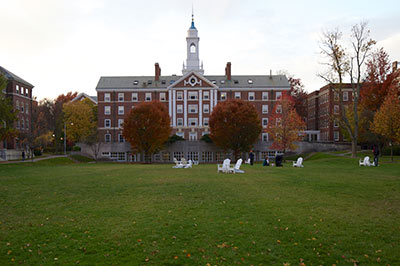Schiliro, Traversi, Degan, Pignata, Alessandria, Scozia, Bono, & Gilli, 2012
The public has recently raised concerns regarding potential human health and environmental risks associated with tire crumb constituents in the artificial turf of football fields. The aim of the present study was to develop an environmental analysis drawing a comparison between artificial turf football fields and urban areas relative to concentrations of particles (PM10 and PM2.5) and related polycyclic aromatic hydrocarbons (PAHs), aromatic hydrocarbons (BTXs), and mutagenicity of organic extracts from PM10 and PM2.5. No significant differences were found between PM10 concentrations at an urban site and on a turf football field, both during warm and in cold seasons, either with or without on-field activity. PM2.5 concentrations were significantly greater at the urban site in the cold season as was the ratio of PM2.5 to PM10. BTXs were significantly greater at urban sites than on turf football fields on both on warm and cold days. The ratio of toluene to benzene (T/B ratio) was always comparable with that of normal urban conditions. The concentration of PAHs on the monitored football fields was comparable with urban levels during the two different sampling periods, and the contribution of PAHs released from the granular material was negligible. PM10 organic extract mutagenicity for artificial turf football fields was greater, whereas PM2.5 organic extract mutagenicity was lower, compared with the urban site studied. However, both organic extract mutagenicity values were comparable with the organic extract mutagenicity reported in the literature for urban sites. On the basis of environmental monitoring, artificial turf football fields present no more exposure risks than the rest of the city.










